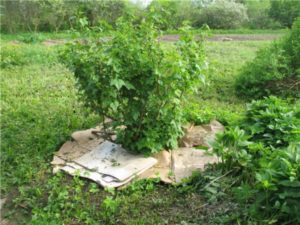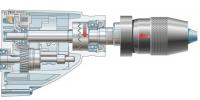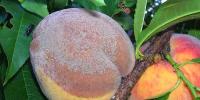Where is the best place to plant currants?
Currant is a delicacy containing many vitamins and minerals. Today, most amateur gardeners are engaged in its cultivation. If you take care of it correctly, then from one bush you can collect 7–7.5 kg! And, now we will figure out how and where to plant currants so that healthy shrubs grow.
Blackcurrant is a culture that loves moist soil. It is for this reason that lower, moist places with good protection from the wind are preferable for her.
Not suitable for planting blackcurrant:
- hollows;
- wetlands;
- areas where underground groundwater is located too close to the surface layer of the earth.
Blackcurrant does not tolerate soil with strong acidity, so lime is applied in such areas. If this is not done, then the shrubs:
- will give a very weak increase;
- get sick;
- after flowering, the ovaries will begin to crumble.
The ideal planting time is autumn. Until spring, the earth settles well and is compacted around the bushes, therefore, the plants begin to grow early.
It is necessary to prepare the land for planting currant seedlings in advance, approximately 21–28 days before the start of planting. The size of the seat is 40 × 40 cm, and the depth is 20 - 25 cm. In the process of digging, you need to add to the soil:
- 8 kg of finished compost (humus).
- 150 g of superphosphate.
- 300 g wood ash.
- 30 g limestone (for sandy soil), 100 g for acidic soil.
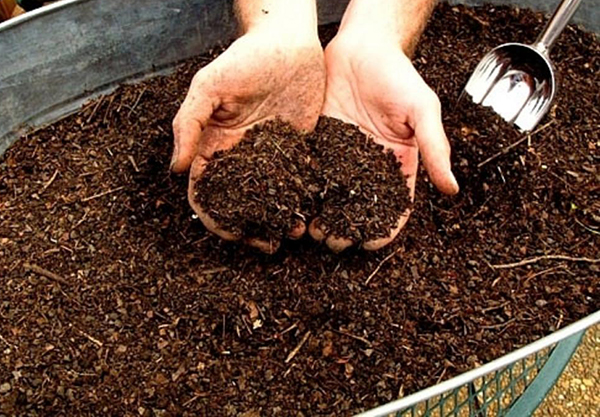
All this is mixed together with the earth obtained from the pit. Then the hole is filled by approximately 30%, and then covered with clean soil to half. Next comes watering. As soon as it is absorbed, you can land.
There are several secrets to placing blackcurrant shrubs:
- Air temperature during planting operations +17°C…+23°C.
- Choose slightly shady areas with good drainage or soil that has neutral characteristics.
- Groundwater should be below the surface layer of the earth by 1.5 m.
- No neighbors nearby.
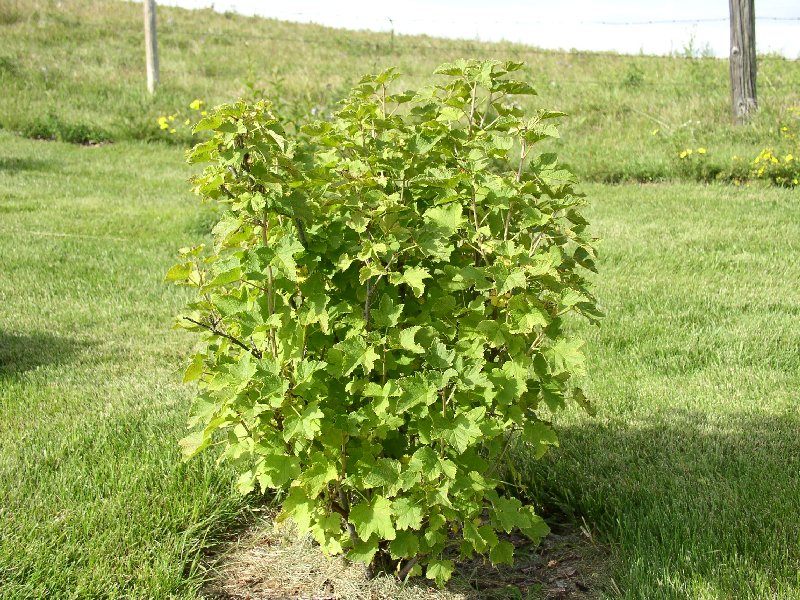
And in order for the shrubs to please with a large harvest, they must be properly looked after:
- Weed by hand.
- Loosen.
- Mulch.
- water.
- Feed.
- Protect from frost.
- crop.
Red currant bushes are planted in autumn or spring in areas with deep groundwater. This place must be protected from prolonged stagnation of rain and melt water. If the cottage is in a lowland, then excess water is removed from the site using high-quality drainage or a drainage ditch.
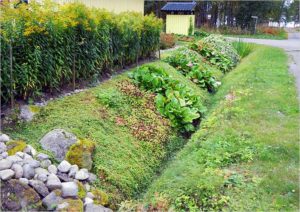
Redcurrant does not tolerate cold winds and shading. In poor sunlight plants:
- often get sick;
- exposed to a massive pest invasion;
- grow slowly;
- have small berries.
The following types of soil are suitable for planting:
- loose;
- light loamy;
- sandy loam with a neutral or slightly acidic reaction.
You can not plant red currants in the shade of fences and trees.
If planting is planned in the fall, then the soil begins to be prepared 60 days before the expected date, and if in the spring, then 14 to 21 days before planting the seedlings.
To prepare the soil for planting you need:
- make seating arrangements;
- level the selected surface;
- at the same time dig deep and add organic fertilizers to the soil (if the soil has high acidity, then add lime).
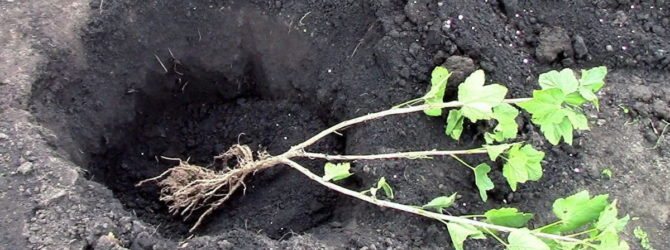
If the site has a surface occurrence of groundwater, then planting pits do not need to be dug. In this case, the seedlings are planted in earthen mounds (height 20 cm).
The layout of the bushes on the site
There are 3 landing patterns:
- Single - plants are placed at a distance of two meters from other trees and shrubs.
- Ordinary - the distance between the seats of shrubs - 1.5 m.
- Trellis - seedlings are planted with an interval of one meter from each other.
The most popular landing pattern is the row landing. The greater the distance between shrubs, the greater the yield of each of them, but the yield from the total area will be much less than with more dense plantings.
How to plant currants and not make mistakes
Common mistakes that are made when landing:
- Late drop off. If it is not possible to plant seedlings in the fall, then it is better to dig them up until spring;
- Drying out of the soil. It is necessary to control that the earth does not dry out under the planted seedlings. Young currants need water, otherwise they will not be able to acclimatize in a new place.
- Vertical landing. It won’t get worse, but it will take longer to wait for the development of a luxurious shrub, because the basal shoots that appear near the base of the trunk will form poorly.
- Poorly chosen landing site.
Conclusion
So, knowing the key points for choosing a landing site, preparing the land and how to properly plant currant bushes, you can easily cope with this task. Be sure to fertilize and care for the bushes, even if they do not yet bear fruit. And then, currants will delight you with a plentiful harvest of delicious berries for many years.
